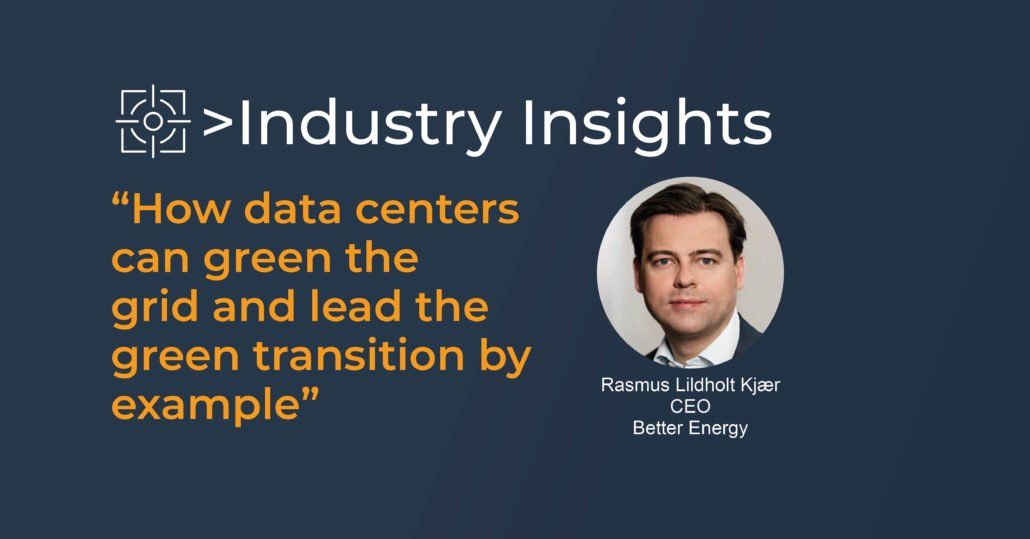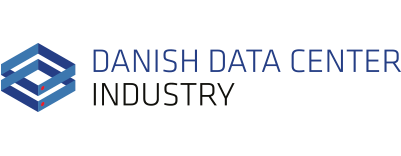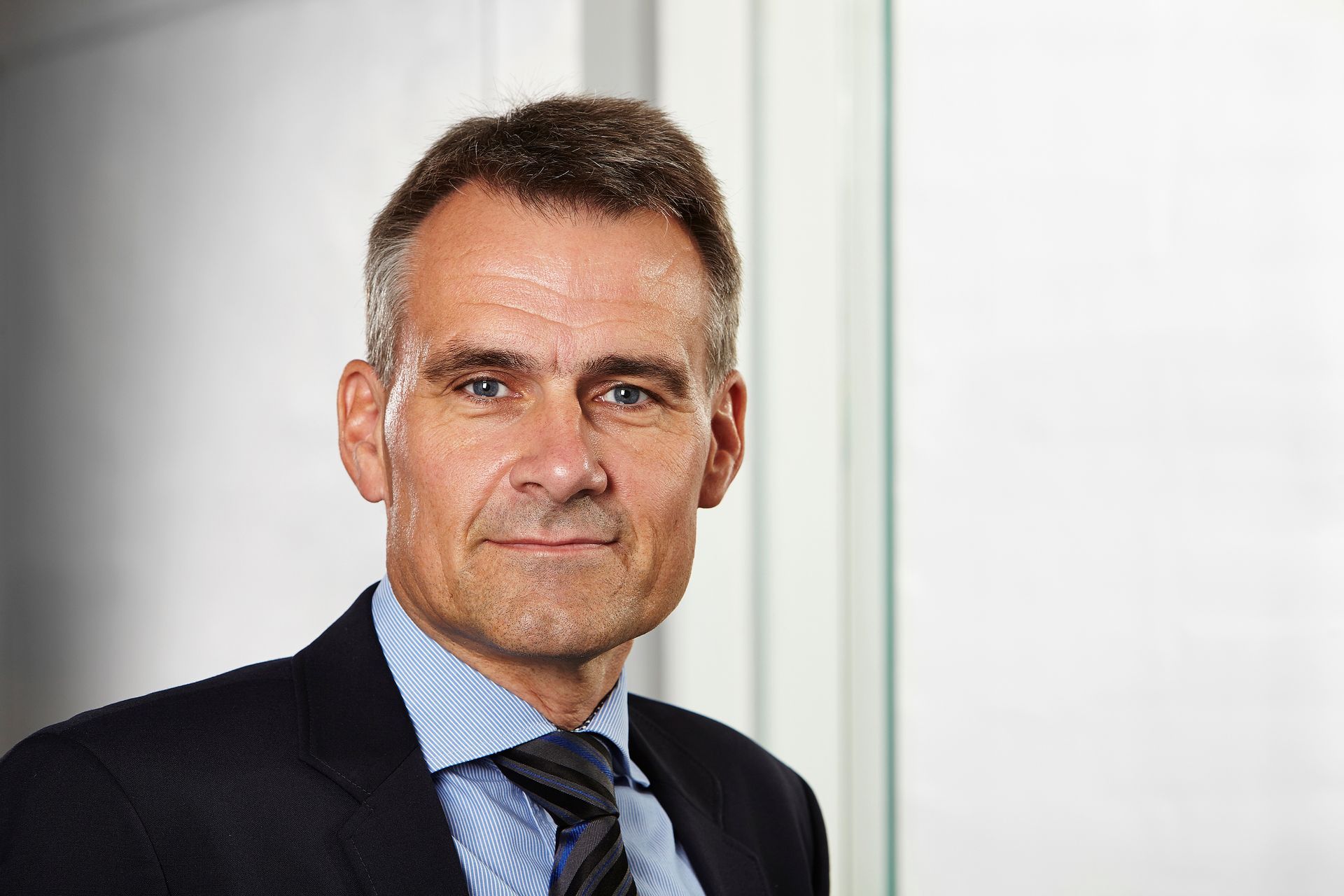Janne Paananen , Technology Manager, Critical Power Solutions, Eaton, EMEA, shares his views on how data centers can be a source of fast frequency response and virtual inertia.
Originally released in: Danish Data Center Market Outlook 2020
Data centers and ICT infrastructure are using vast amount of energy to provide digital services for societies, that are used mainly for our entertainment. Even though new technologies are more energy efficient, the even faster growth in digital services and data usage outgrows the gains in energy efficiency, which leads to increasing power demand. As a result, the global energy demand by data centers and ICT is expected to grow in the upcoming years, making it more difficult to meet our targets to reduce GHG-emissions.
The big global data center companies are amongst the largest global users of renewable energy and frequently announce new PPA’s, which support their goal to become carbon neutral, or even negative, in the future. This drives to higher penetration of wind and solar power to grid and reduces emissions. While doing so, it also poses a challenge for the TSO’s, whose responsibility is to maintain system balance and reliability.
Firstly, the intermittent nature of variable renewable energy (VRE) requires more flexibility and reserves in the system to compensate for variations in wind and solar power generation. The changes in wind and weather conditions can be forecasted rather well and the time scales are from minutes to hours or days.
Secondly, the wind and solar are non-synchronous, meaning that they do not have a spinning mass directly coupled to system voltage and frequency. As a result, the inertia that is formed by all the spinning mass in the grid, is reducing. Inertia has a stabilizing effect to frequency variations, caused by imbalances between demand and supply, and it plays a crucial role especially during contingency events when a sudden loss of generation capacity from the system occurs. In a system with low inertia, there’s less stabilizing force, and frequency variations are faster and larger, where traditional generation does not respond fast enough to contain the frequency. This asks for new types of frequency containment reserves, such as Fast Frequency Response in the Irish and Nordic markets. These are typically based on power electronics and batteries or fast load shedding.
Leveraging UPS tech to balance sustainable energy demand
Without fast enough response from the system, the amount of renewable generation may need to be limited, leading to curtailment of wind and solar power. It does not matter how many PPA’s are in place, if the system cannot tolerate more non-synchronous generation from a reliability aspect. The amount of renewable generation may be limited due to system capabilities.
Opposite to demand response, FFR type services are not energy intensive or require large energy storage. Those activate rarely, for some seconds, and are therefore suitable also for traditional batteries in a data center. Other types of frequency containment, and demand response, requires other types of batteries, such as lithium technology aimed for cyclic use.
Suitability of a static UPS in a data center for frequency regulation has been proven in various pilots conducted in Europe and US. When equipped with correct control algorithms, the demand can be seamlessly and quickly controlled between mains and batteries, whilst remaining connected to the grid, and this can be load independent. Furthermore, the amount of energy used from batteries can be limited to provide enough back-up time for critical loads. Thus, with the correct technology, the benefits of the asset can be maximized, in a fail-safe manner.
Above technology enables data center owners to achieve better value from their assets. By leveraging modern UPS technology and its energy management capabilities, it can be used to achieve savings in energy costs through demand response, or to generate additional revenue by participating in frequency regulation. In respect to UPS system OPEX and TCO, this can turn things upside down, and a UPS can generate income instead of being an expense. From another point of view, the overall cost of energy can be reduced by new revenue streams from energy markets.
And as the most important aspect, by providing necessary flexibility and fast response, the data centers can help to increase penetration of renewable energy in the grid, making electricity cleaner for everyone, while helping to maintain grid reliability. This also has positive impacts on cost of energy, since leveraging existing assets, instead of building new separate reserve units, reduces the investment cost associated with future low carbon power system, resulting in lower energy prices and tariffs.



Contact us


